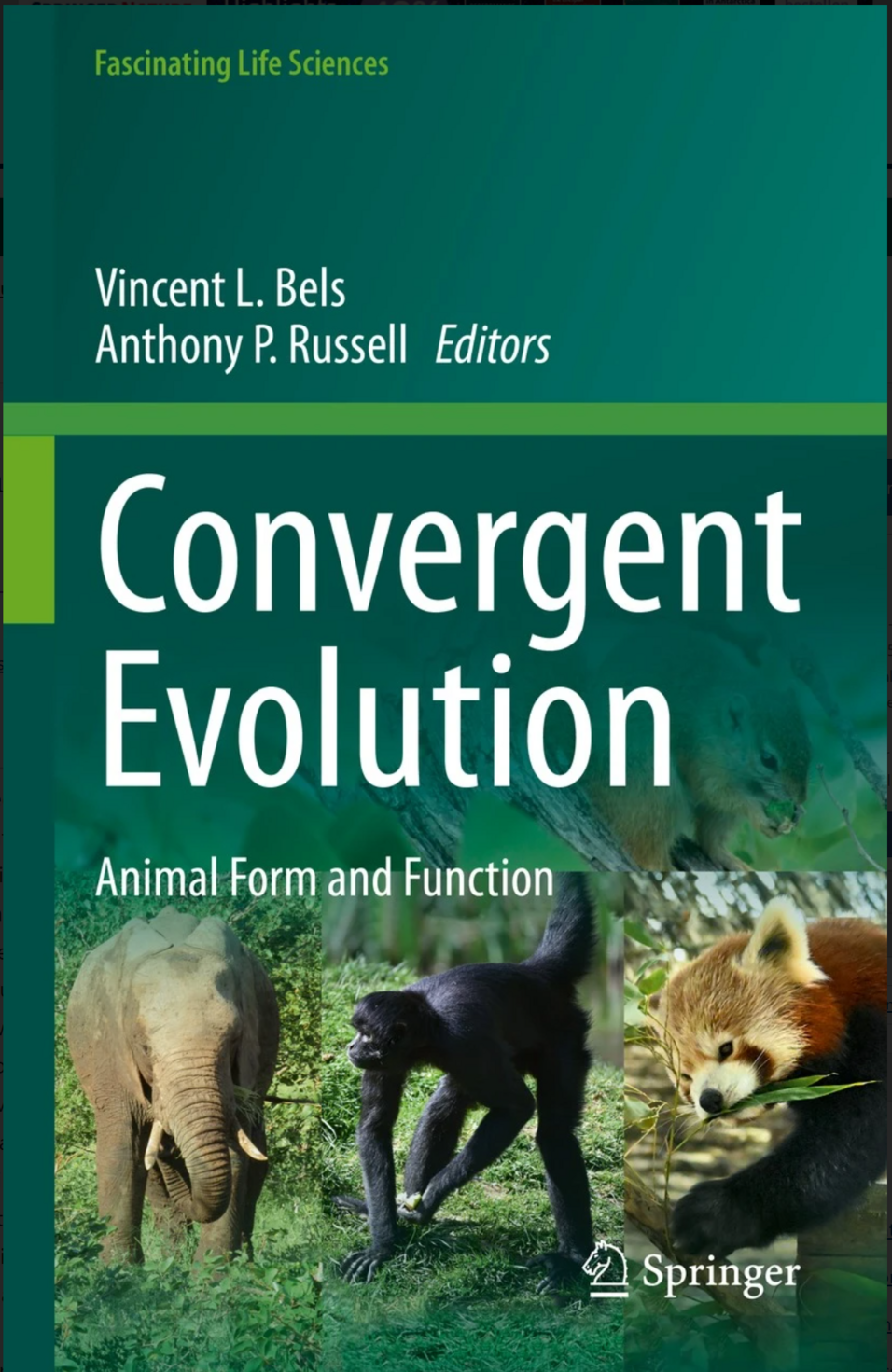Heiss E, Gignac PM, Porro LB & Lemell P. 2023.
In: Bels, V.L., Russell, A.P. (eds) Convergent Evolution. Fascinating Life Sciences. Springer, Cham. doi.org/10.1007/978-3-031-11441-0_7 . Link. Published 27 February 2023
Abstract
The Sauropsida includes the extant crocodiles, birds, turtles, lizards and snakes. With roughly 30,000 described species, it is not only the largest phylogenetic group within Amniota, but the largest extant group within all tetrapods. Like many other tetrapod branches, sauropsids have evolved many adaptations to aquatic lifestyles: from species that occasionally feed in aquatic habitats to fully aquatic forms that only rise to the water’s surface for breathing. As amniotes, sauropsids can safely be considered primarily terrestrial vertebrates and any adaptations to aquatic life and feeding can be regarded as secondary features. Sauropsids show a very broad spectrum of convergently-evolved adaptations for aquatic feeding, from crocodylian apex predators to high-performance suspension feeding birds, suction feeding in turtles and alga-scraping in marine iguanas. Adaptations for aquatic feeding in sauropsids have evolved multiple times independently, both between and within groups. For example, suction feeding has evolved independently in turtles and birds; extremely fast forward strikes by straightening of the curved postcranial vertebral column in birds and snakes; and suspension feeding in mallards, flamingoes and sea-birds. In the following sections, we summarize the diverse adaptations to aquatic feeding in crocodylians, birds, lepidosaurs and turtles and highlight convergence and homologies where appropriate.

